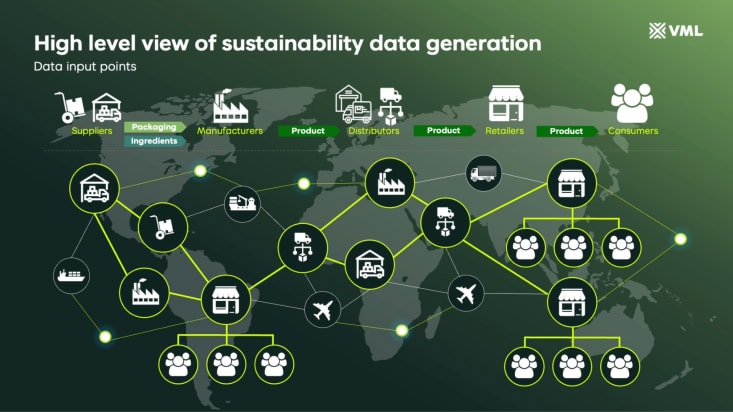There should be no surprise to anyone today that climate consciousness is a hot topic. It’s equally important for our businesses, the world we live in, and the customers we serve. This is not just a corporate responsibility; it’s a global necessity. As businesses, we have the power to influence positive change and guide our customers toward more sustainable choices. It is what consumers want.
Companies that effectively communicate their commitment to the climate can gain customer trust and drive sales. By leveraging data and transparency, businesses can bridge the gap between business and consumer needs, making sustainability a core part of your value proposition.
Let’s address how to bridge business needs while meeting the expectations of your customers.






